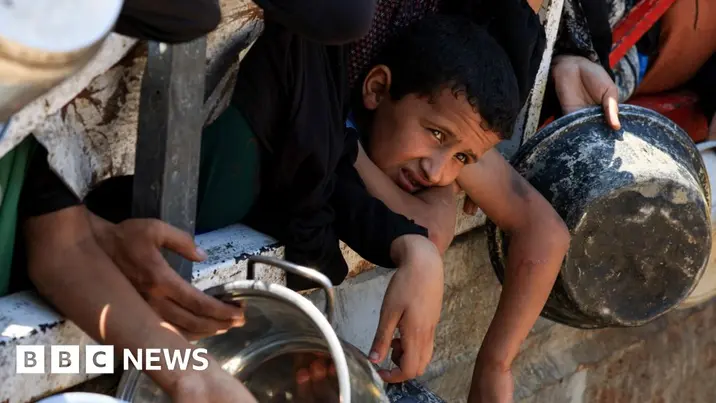T4K3.news
Gaza aid drops expose limits of relief
A Sky News analysis shows airdrops are limited in impact and risky for civilians in Gaza.
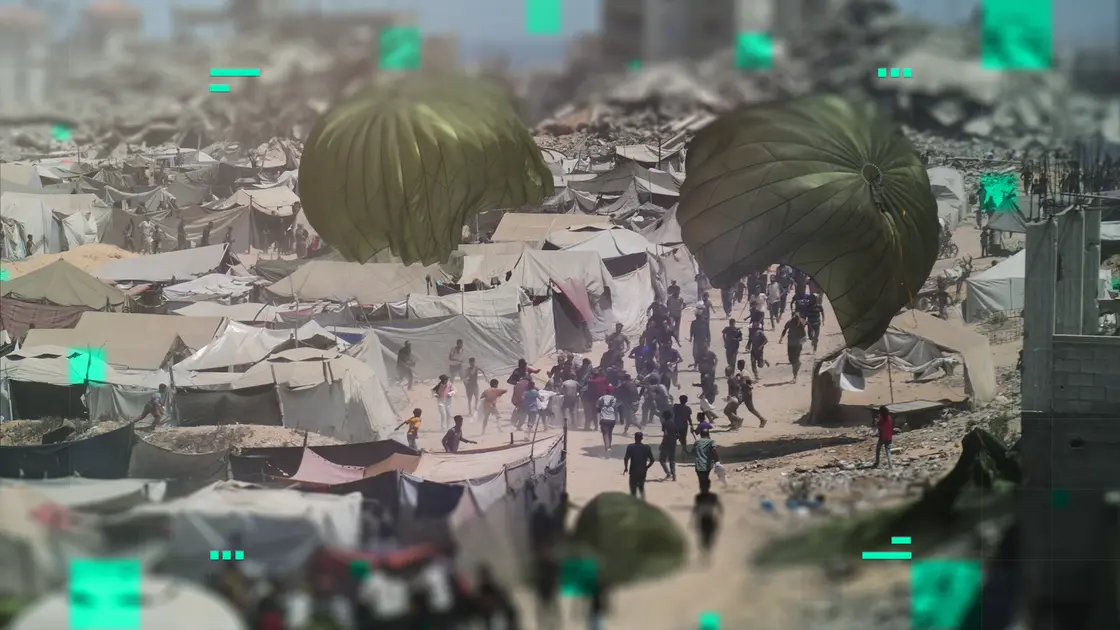
Sky News analysis finds that airdrops provide little relief and carry significant safety and dignity risks for Gazans.
Gaza aid drops expose limits of relief amid hunger crisis
Sky News traces the August 4 incident to a tent camp along central Gaza’s coast, where a UAE Armed Forces C-130 deployed 12 pallets. Parachutes tangled as a crowd converged, and gunfire interrupted the scene, ending with the death of Uday al Qaraan, a 32-year-old medic and father of two. Eyewitness footage and flight-tracking data place only one aid plane in the area at that moment, underscoring how limited the operation was in scale.
Over eight days, military planes dropped aid along a coastal route that is densely populated with tents. Data show 67 aid flights in that period, but air drops added only about 38 tonnes daily, roughly 7% of the shortfall identified by the UN. By contrast, land deliveries brought an estimated 1,505 tonnes per day, still short of basic needs. UNRWA says it has food stockpiled outside Gaza for about three months, but Israel has blocked imports since March, complicating the relief effort. IDF officials say there is no limit on aid entering Gaza and that they will continue to improve humanitarian response while denying any restriction on aid delivery.
Key Takeaways
"What would happen if they just let the aid in?"
Uday al Qaraan before his death, arguing for open access to relief
"People ran to collect the aid in cold blood, devoid of humanity"
Sakhr al Qaraan, eyewitness and neighbor
"The quantities involved are minuscule in terms of the scale of the need"
Sam Rose, Gaza director of UNRWA
"The negatives outweigh the positives"
Hisham al Armi, eyewitness on the ground
The report highlights a core policy tension: urgent relief must reach people quickly, yet air drops often fail in safety, dignity, and impact. They can overshadow more durable solutions, turning aid into a spectacle rather than a dependable lifeline. The coverage also shows how relief efforts are entangled with borders, security concerns, and political leverage, raising questions about accountability for civilian harm and the legitimacy of relief channels.
In the longer view, the episode invites a shift from ad hoc drops toward predictable access through land crossings and unfettered humanitarian corridors. If the goal is to reduce hunger without eroding trust or safety, the focus must move from dramatic air drops to steady, rights-respecting logistics that prioritise civilians over symbolic gestures.
Highlights
- Aid from the sky is not relief
- Dignity must outrun danger in relief
- Open borders for aid not empty promises
- Steady access beats a spectacle of drops
Airdrop risks prompt political and safety concerns
The use of airborne aid in a densely populated area raises safety risks and questions about dignity and effectiveness. It also intersects with political dynamics around Gaza relief, border access, and international involvement, which could trigger political backlash or public criticism.
The choice ahead is not dramatic relief from the sky but durable access that keeps civilians safe and fed.
Enjoyed this? Let your friends know!
Related News
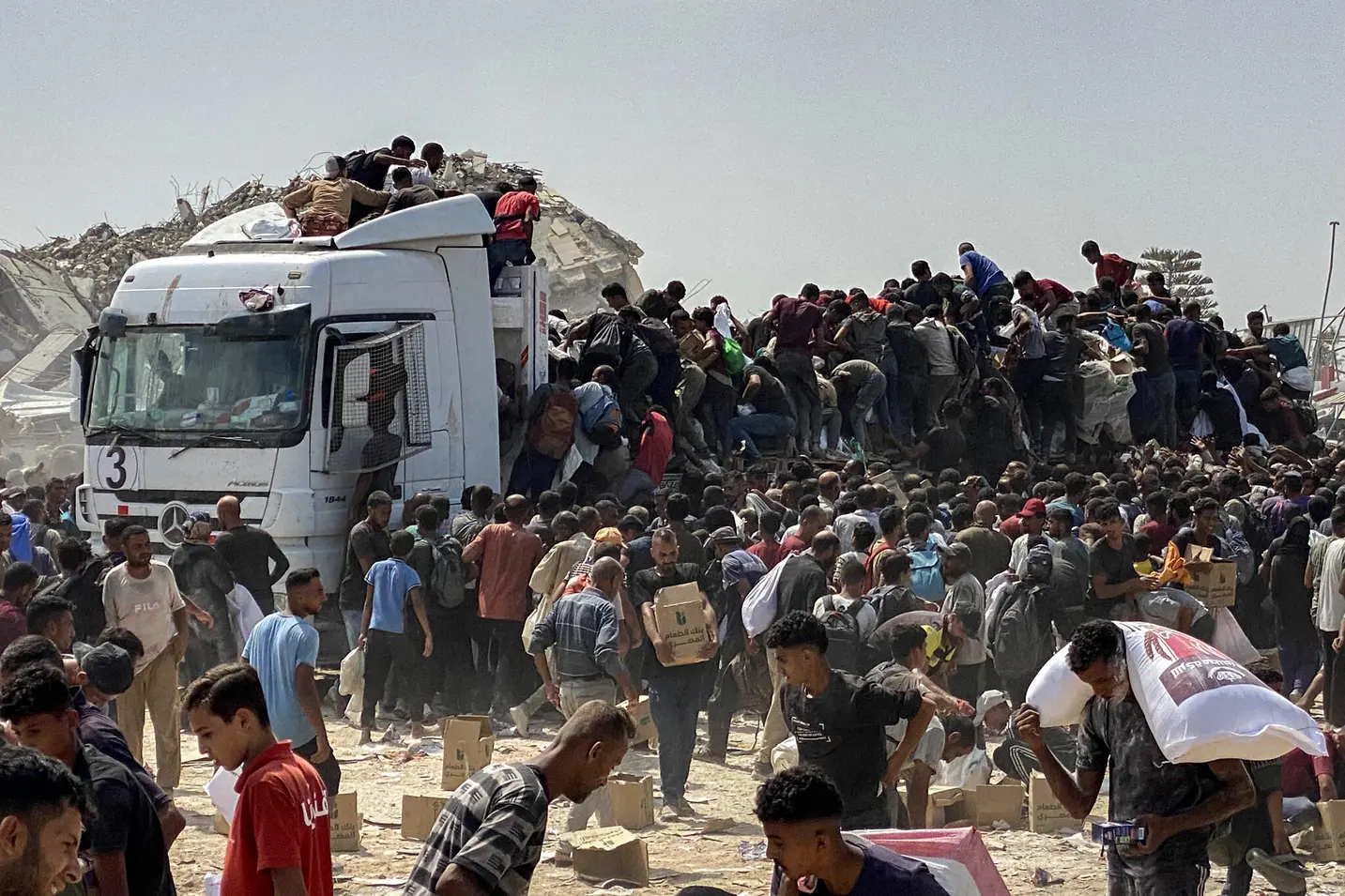
Aid casualties prompt international scrutiny
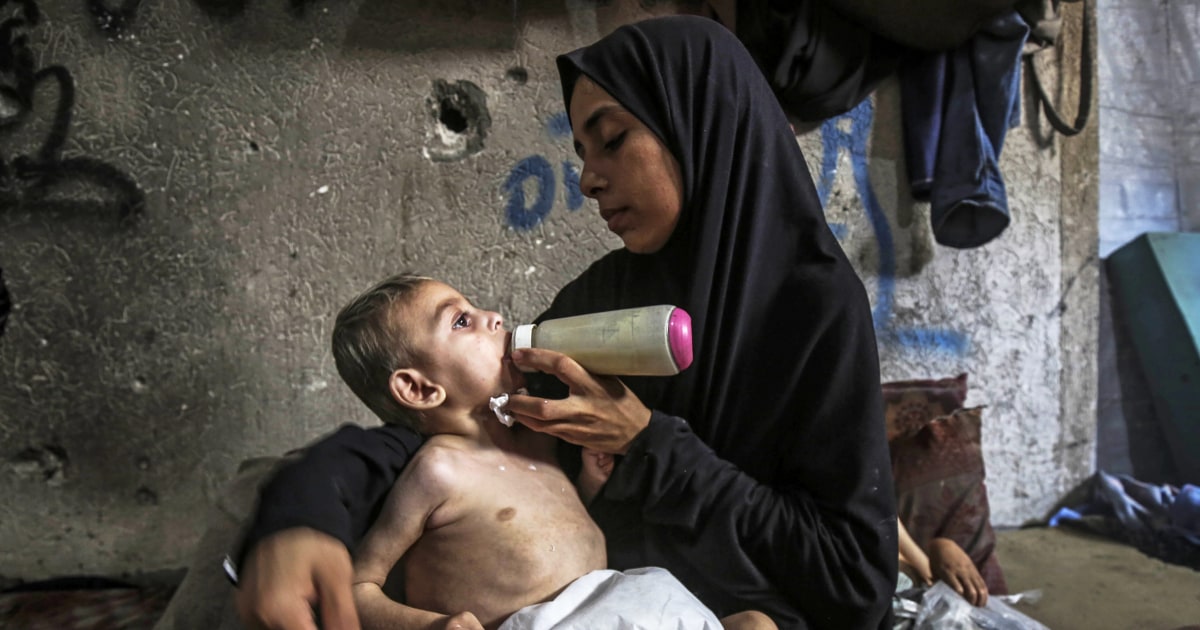
Aid levels insufficient to meet hunger crisis in Gaza
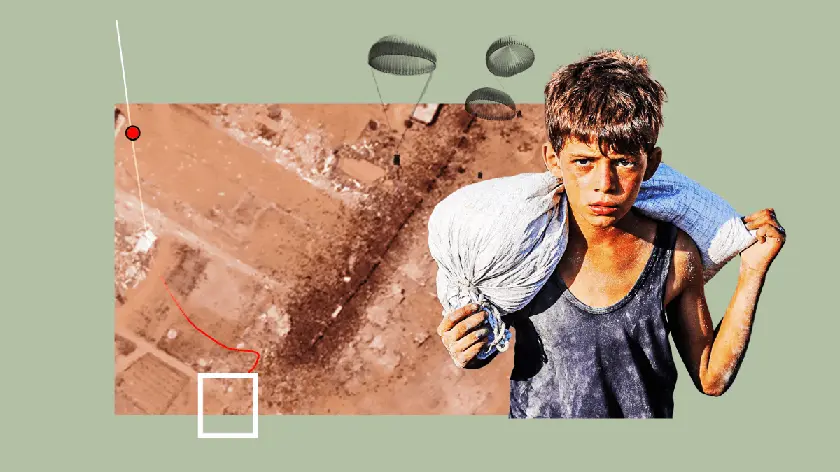
Severe Hunger Crisis in Gaza
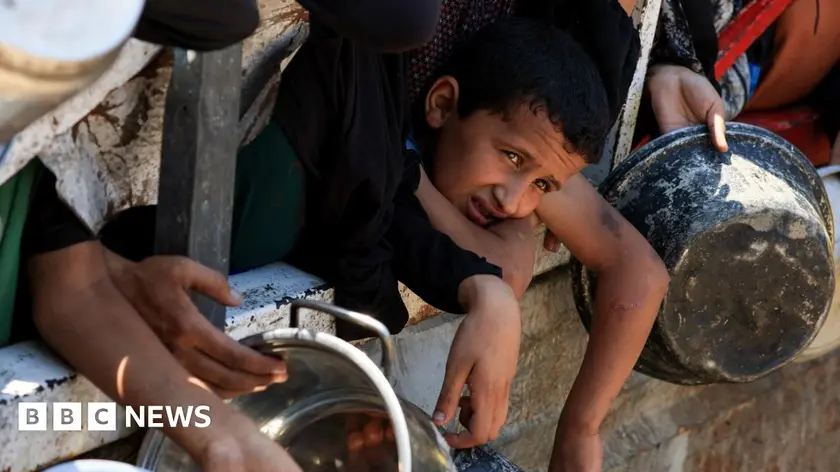
Air drops criticized for failing Gaza's hunger crisis
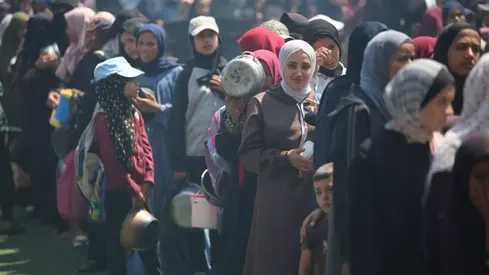
Israel conducts airdrops to aid Gaza amid criticism

Foreign ministers condemn Gaza City plan
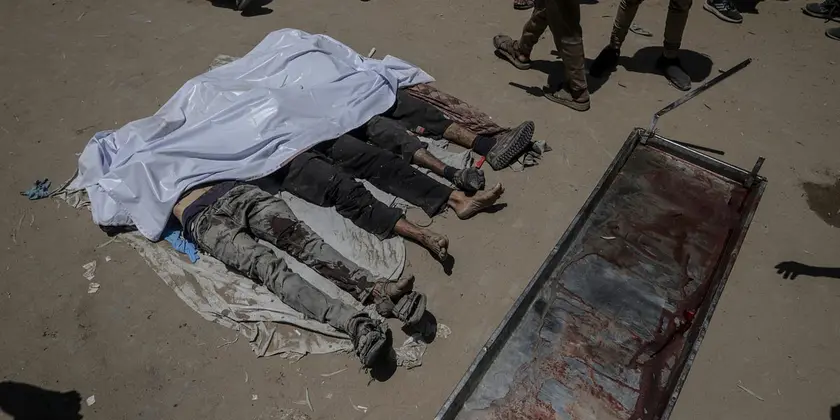
Starvation Crisis Hits Gaza Amid Ongoing Conflict
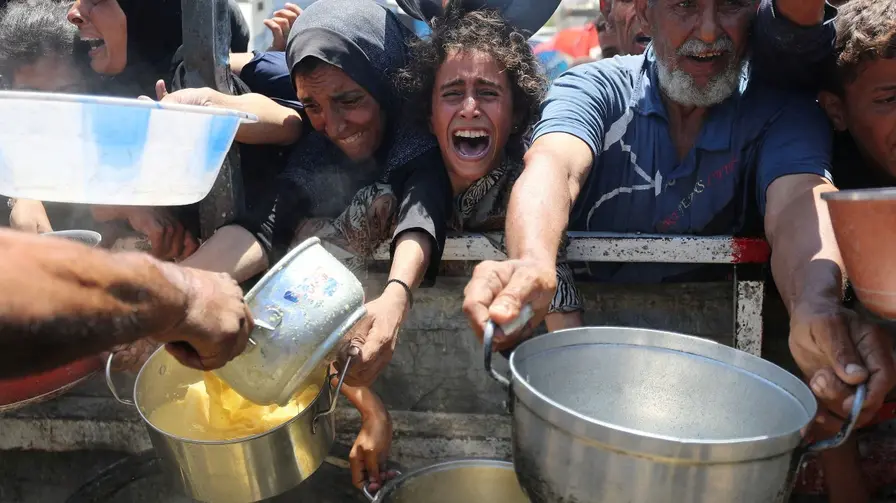
Gaza starvation crisis reaches critical levels
